Year 6
The English curriculum is built around the three interrelated strands of language, literature and literacy. Teaching and learning programs should balance and integrate all three strands. Together, the strands focus on developing students' knowledge, understanding and skills in listening, reading, viewing, speaking, writing and creating. Learning in English builds on concepts, skills and processes developed in earlier years, and teachers will revisit and strengthen these as needed.
In Years 5 and 6, students communicate with peers and teachers from other classes and schools, community members, and individuals and groups, in a range of face-to-face and online/virtual environments.
Students engage with a variety of texts for enjoyment. They listen to, read, view, interpret and evaluate spoken, written and multimodal texts in which the primary purpose is aesthetic, as well as texts designed to inform and persuade. These include various types of media texts including newspapers, film and digital texts, junior and early adolescent novels, poetry, non-fiction and dramatic performances. Students develop their understanding of how texts, including media texts, are influenced by context, purpose and audience.
The range of literary texts for Foundation to Year 10 comprises Australian literature, including the oral narrative traditions of Aboriginal and Torres Strait Islander Peoples, as well as the contemporary literature of these two cultural groups, and classic and contemporary world literature, including texts from and about Asia.
Literary texts that support and extend students in Years 5 and 6 as independent readers describe complex sequences, a range of non-stereotypical characters and elaborated events including flashbacks and shifts in time. These texts explore themes of interpersonal relationships and ethical dilemmas within real-world and fantasy settings. Informative texts supply technical and content information about a wide range of topics of interest as well as topics being studied in other areas of the curriculum. Text structures include chapters, headings and subheadings, tables of contents, indexes and glossaries. Language features include complex sentences, unfamiliar technical vocabulary, figurative language, and information presented in various types of graphics.
Students create a range of imaginative, informative and persuasive types of texts such as narratives, procedures, performances, reports, reviews, explanations and discussions.
(source: www.australiancurriculum.edu.au)
Achievement Standard
Receptive modes (listening, reading and viewing)
By the end of Year 6, students understand how the use of text structures can achieve particular effects. They analyse and explain how language features, images and vocabulary are used by different authors to represent ideas, characters and events.
Students compare and analyse information in different and complex texts, explaining literal and implied meaning. They select and use evidence from a text to explain their response to it. They listen to discussions, clarifying content and challenging others' ideas.
Productive modes (speaking, writing and creating)
Students understand how language features and language patterns can be used for emphasis. They show how specific details can be used to support a point of view. They explain how their choices of language features and images are used.
Students create detailed texts elaborating on key ideas for a range of purposes and audiences. They make presentations and contribute actively to class and group discussions, using a variety of strategies for effect. They demonstrate an understanding of grammar, and make considered vocabulary choices to enhance cohesion and structure in their writing. They use accurate spelling and punctuation for clarity and make and explain editorial choices based on criteria.
(source: www.australiancurriculum.edu.au)
- Plus Plan
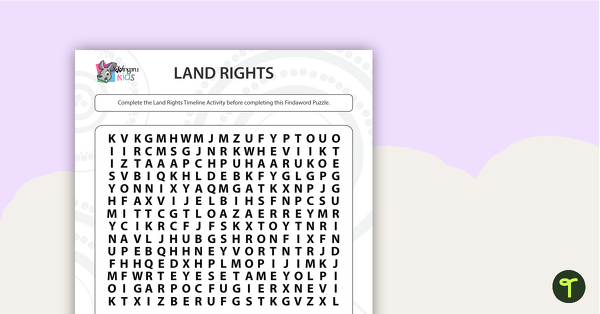
Land Rights Word Search - Upper Primary
A printable Land Rights Word Search worksheet for your upper primary school students to complete.
- Plus Plan

Land Rights Timeline Worksheet
A printable Land Rights Timeline worksheet for your students to complete in your classroom.
- Plus Plan
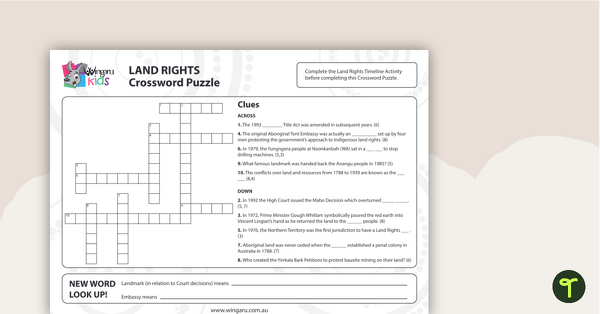
Land Rights Crossword
A printable Land Rights Crossword worksheet for your students to complete in your classroom.
- Plus Plan

Land Rights Jumbled Words
A Land Rights jumbled words printable worksheet for your students to complete in your classroom.
- Plus Plan
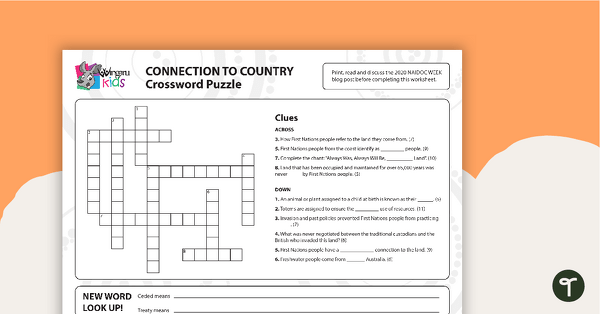
NAIDOC Week Connection to Country Crossword Puzzle Worksheet
A NAIDOC Week Connection to Country crossword puzzle worksheet to use with your students.
- Plus Plan

NAIDOC Week Connection to Country Word Search - Upper Primary
A NAIDOC Week Connection to Country Word Search suitable for upper primary school students.
- Plus Plan
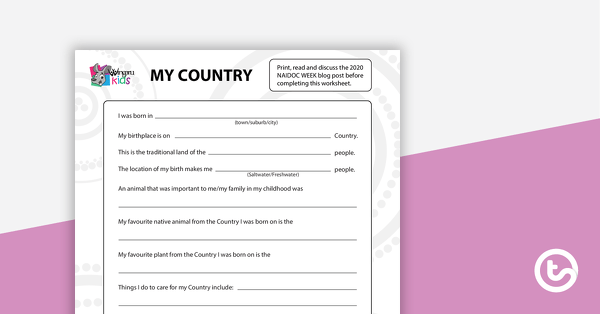
NAIDOC Week My Country Worksheet - Middle/Upper Primary
A NAIDOC Week "My Country" worksheet suitable for middle/upper primary school students.
- Plus Plan
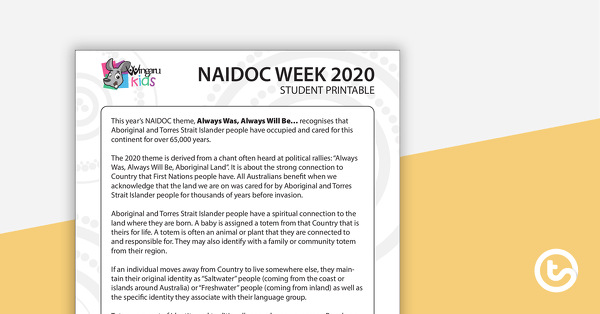
NAIDOC Week 2020 Student Printable
A printable student information sheet to provide context for NAIDOC Week 2020.
- Plus Plan
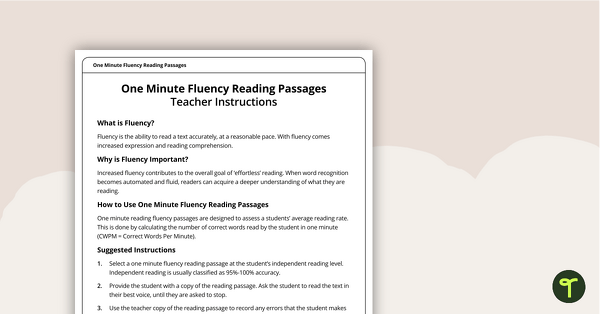
Fluency Reading Passage - Tropical Cyclones (Year 6)
A non-fiction text to use when assessing students' fluency.
- Plus Plan
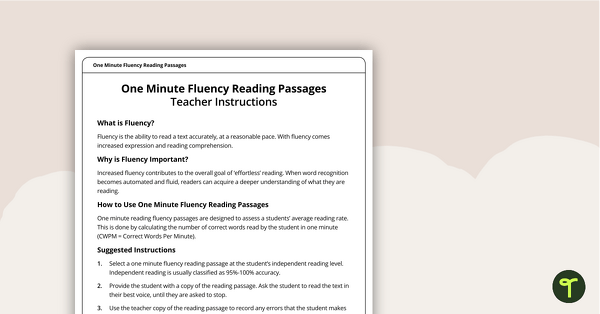
Fluency Reading Passage - The Thunderstorm (Year 6)
A fiction text to use when assessing students' fluency.
- Plus Plan
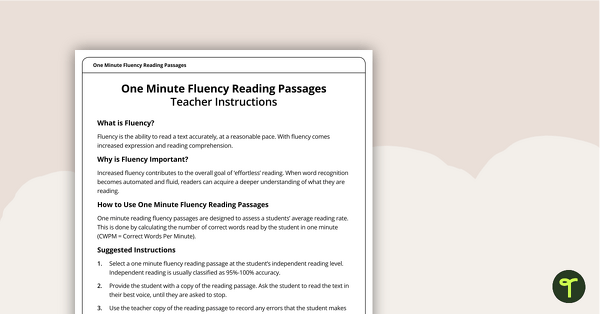
Fluency Reading Passage - The New Pet (Year 6)
A fiction text to use when assessing students' fluency.
- Plus Plan
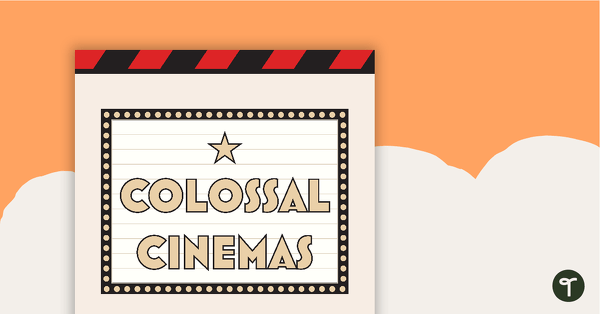
Colossal Cinemas: Movie of the Times – Project
An inquiry project in which students compare and contrast movies from today with those from a chosen decade.
- Plus Plan
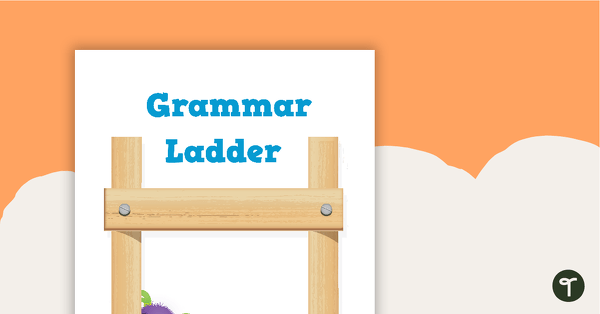
Grammar Tracking Chart – Monster Theme
A classroom display that allows students to see their progress towards using correct grammar and punctuation in their sentences.
- Plus Plan

Spelling Words Card Game – Editable
A card game for spelling words.
- Plus Plan
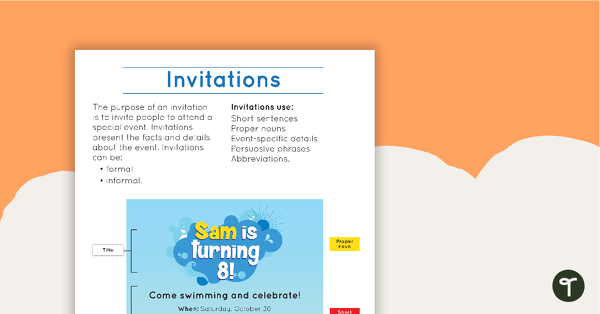
Invitation Text Type Poster With Annotations
A poster about invitations, including an annotated example.
- Plus Plan
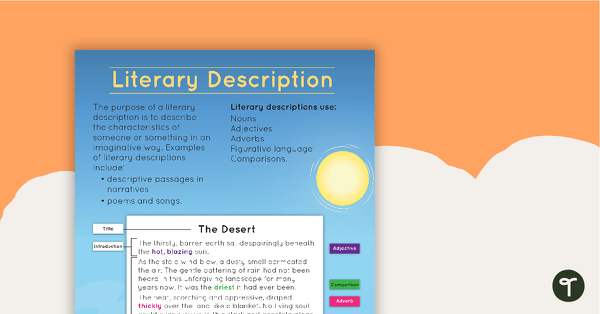
Literary Description Text Type Poster With Annotations
A poster about literary descriptions, including an annotated example.
- Plus Plan
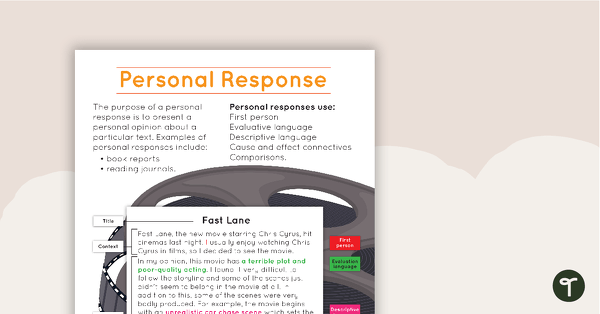
Personal Response Text Type Poster With Annotations
A poster about personal responses, including an annotated example.
- Plus Plan
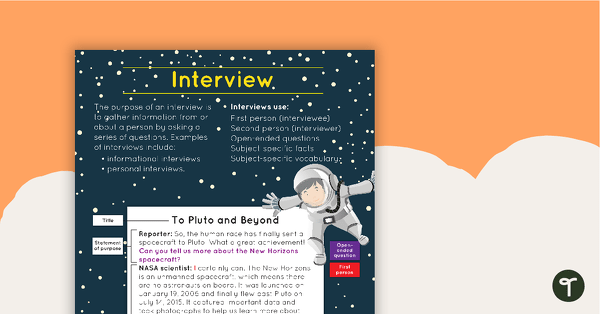
Interview Text Type Poster With Annotations
A poster about interviews, including an annotated example.
- Plus Plan

Punctuation Tracking Chart – Monster Theme
A classroom display that allows students to see their progress towards using correct grammar and punctuation in their sentences.
- Plus Plan
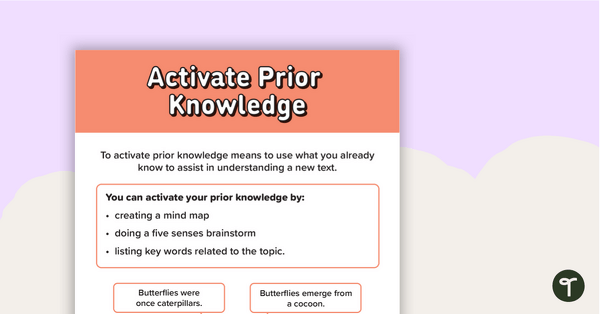
Activate Prior Knowledge Poster
A poster highlighting how to activate prior knowledge when reading a piece of text.
- Plus Plan
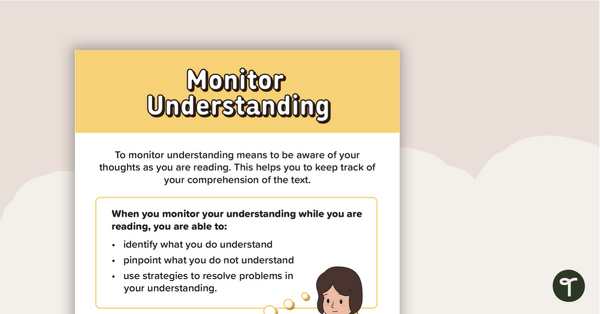
Monitor Understanding Poster
A poster highlighting how to monitor understanding when reading a piece of text.
- Plus Plan
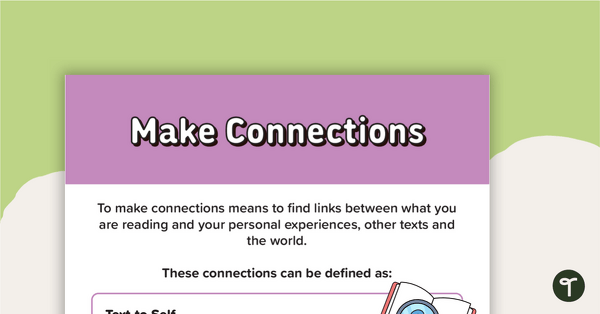
Make Connections Poster
A poster highlighting how to make connections when reading a piece of text.
- Plus Plan

Queensland Cursive Entries and Exits Spaceship - Green
A set of 12 Queensland Cursive entry and exit shuttles to join together to make a handwriting spaceship.
- Plus Plan
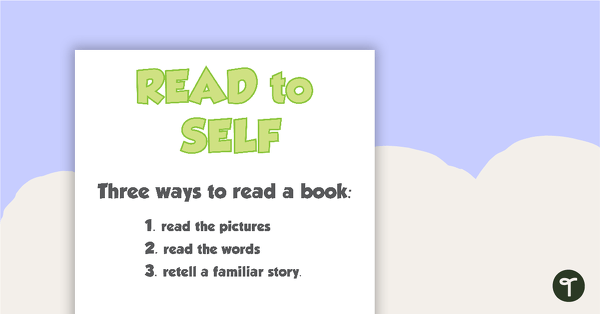
Literacy Tasks - Posters
5 Literacy Task posters and 1 Guide poster.
- Plus Plan
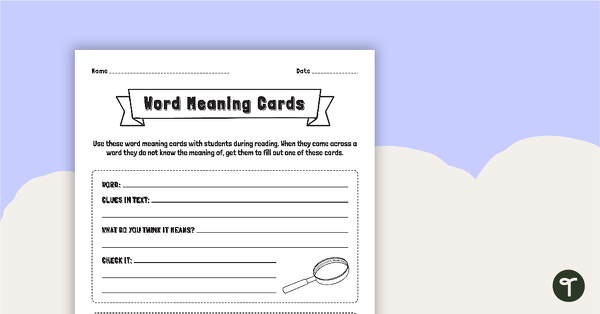
Finding Word Meaning In Context - Word Meaning Cards
A teaching resource to help teach your students how to find word meaning in context.
- Plus Plan
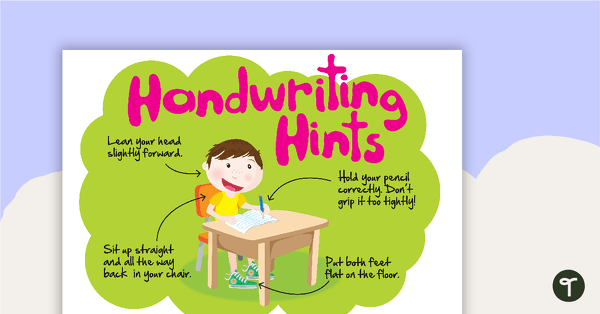
Handwriting Hints Poster
A poster providing helpful hints to produce good handwriting.
- Plus Plan
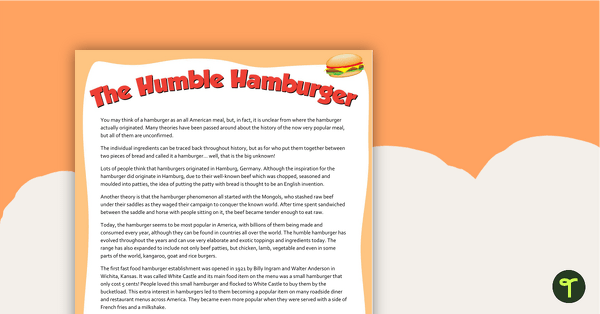
Comprehension - The Humble Hamburger
A comprehension activity about the humble hamburger.
- Plus Plan
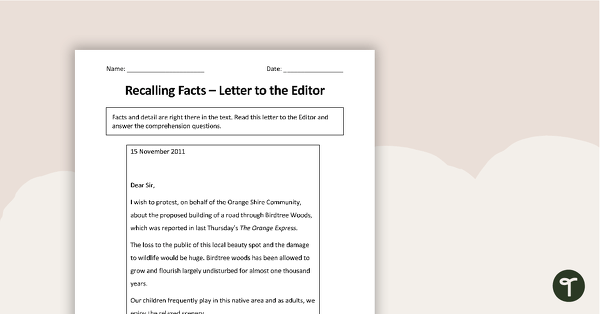
Recalling Facts - Letter to the Editor Activity
A worksheet to use when teaching students how to recall facts and details when reading.
- Plus Plan
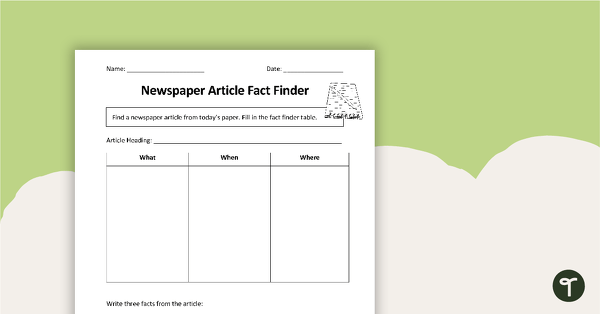
Recalling Facts - Newspaper Worksheet
A worksheet to use when teaching students how to recall facts and details when reading.
- Plus Plan
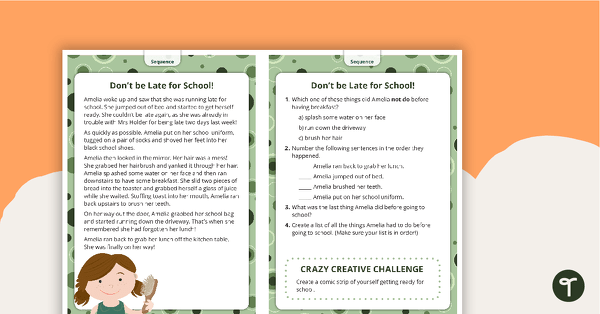
Comprehension Task Cards - Understand Sequence
A set of comprehension task cards to help students understand sequence when reading.
- Plus Plan
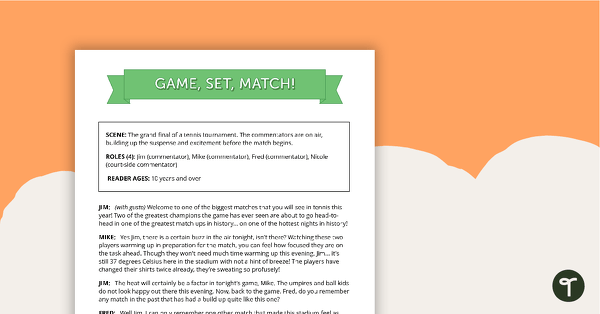
Comprehension - Game, Set, Match!
A fun script and set of questions to help students develop reading and comprehension strategies.
- Plus Plan
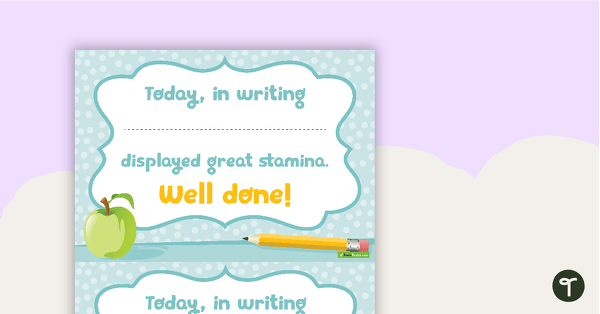
Handwriting Stamina Award Certificate
Give positive feedback to your students when they display excellent handwriting skills.